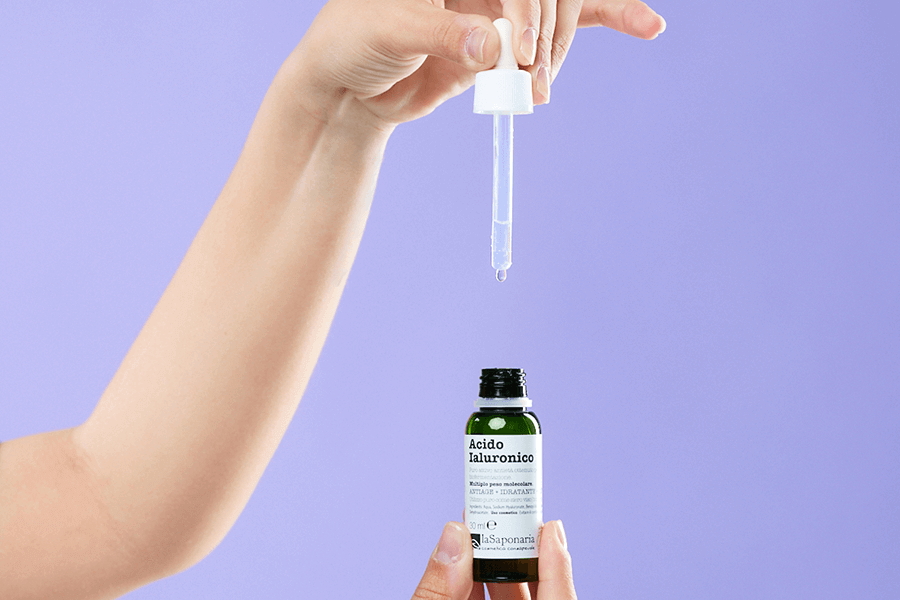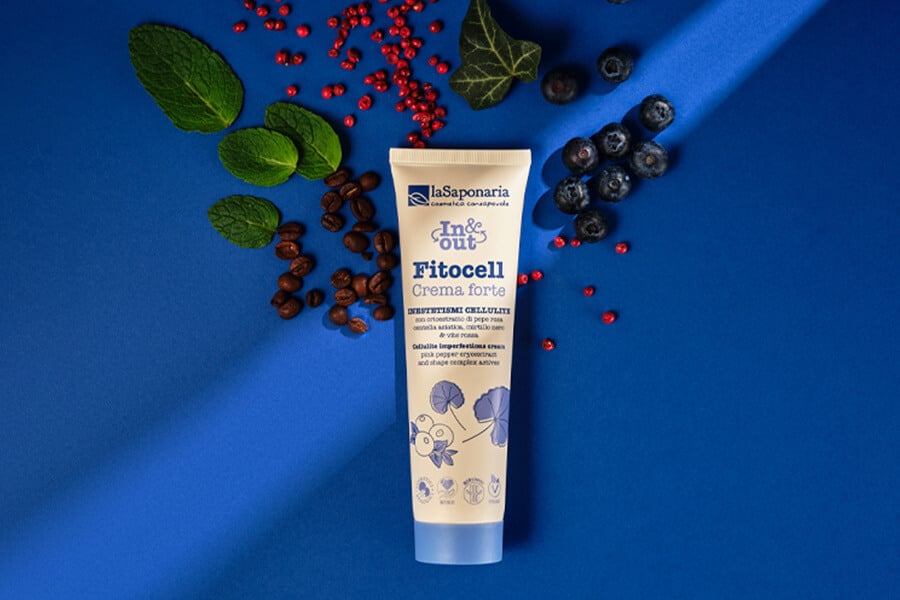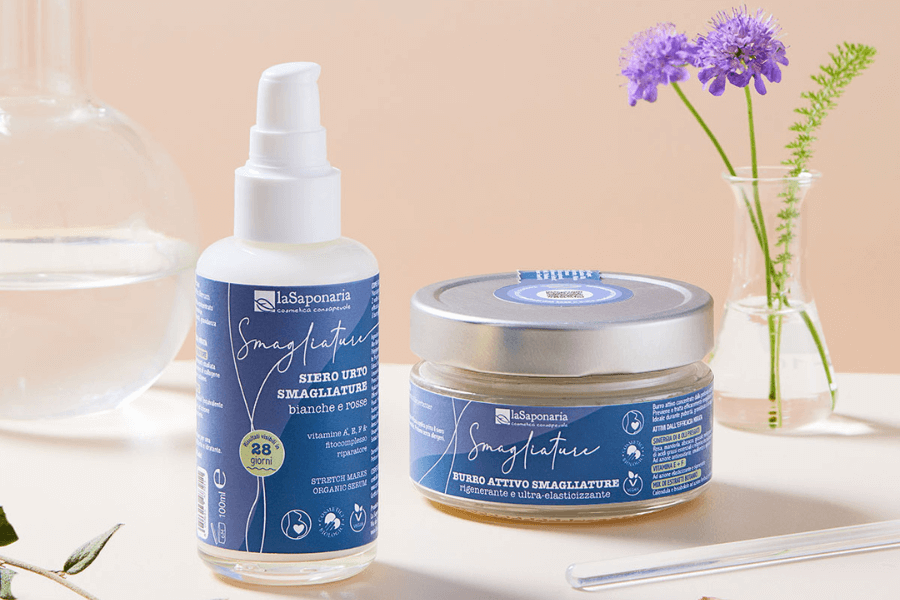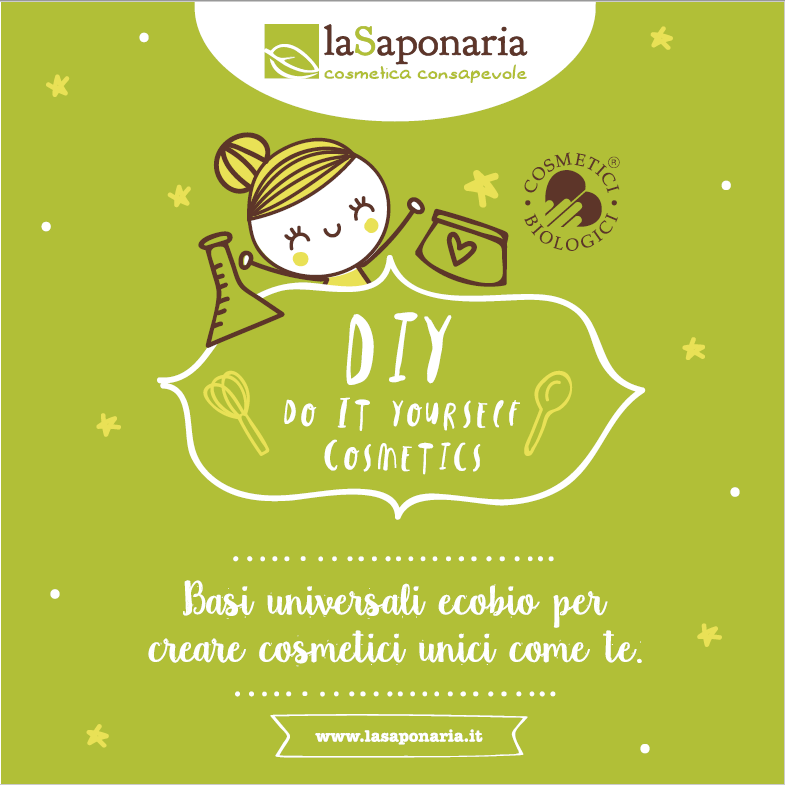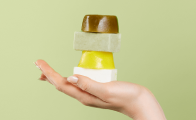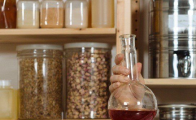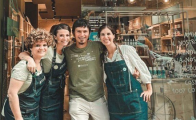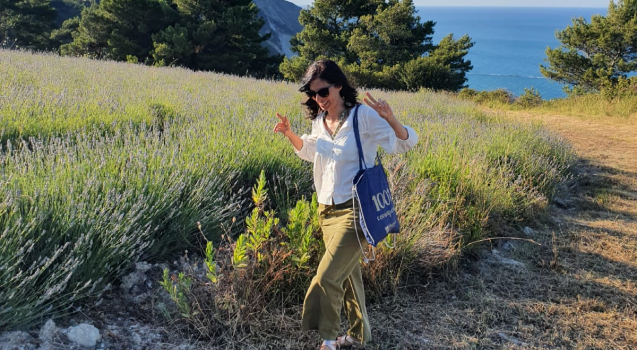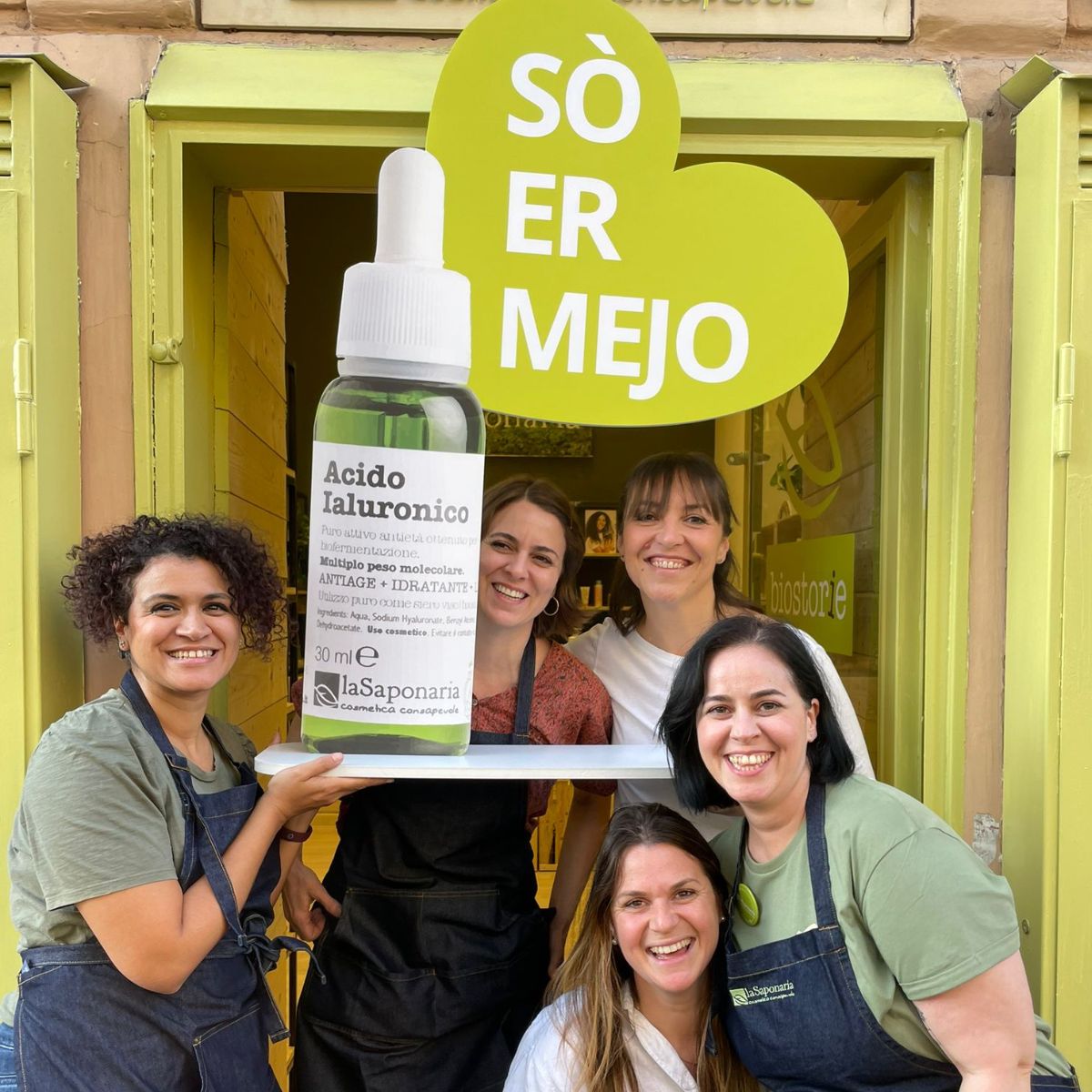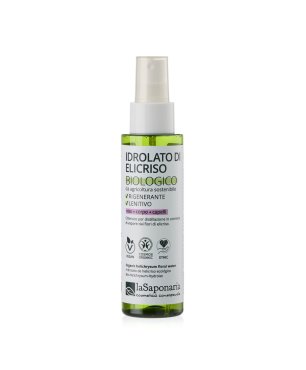- Call us! +390721 911004
- Write a message
- Whatsapp +39 377 3844777
- Become a reseller
- Test and E-book
- Location and contacts
-
MenuBack
-
Organic cosmetics
-
-
space
-
-
-
-
-
-
-
Discover your routine
-
-
Skin care
-
Hair care
-
Body Care
- Best sellers
- Routines
-
DIY
-
-
space
-
-
-
-
-
-
PRODUCTION TOOLS
-
-
DOWNLOAD THE RECIPES
-
-
-
Organic library
-
-
BEAUTYBLOG
-
-
-
GLOSSARY
-
-
-
DO-IT-YOURSELF RECIPES
-
-
-
TEST AND E-BOOK
-
-
About us
-
-
space
-
-
-
-
-
PHILOSOPHY
-
-
-
NATURAL COSMETICS
-
-
-
FLAGSHIP STORES
-
-
-
Sustainability
-
-
space
-
-
-
BENEFIT COMPANY
-
-
-
ETHICAL CHAIN
-
-
-
SUSTAINABLE PACKAGING
-
-
-
SUSTAINABILITY IN THE COMPANY
-
-
-
Supported projects
-
NOTICES AND AWARDS
-
-
-
Business Area
-
-
space
-
-
-
OPEN A FLAG SHIP STORE
-
-
-
BECOME A RESELLER
-
-
-
PRIVATE LABEL
-
ACCOMMODATION FACILITIES
-
-
-
RESELLERS LOGIN
-
-
-
Resellers
-
-
RESELLERS RESOURCES
-
-
-
OPEN A FLAGSHIP STORE
-
ACCOMMODATION FACILITIES
-
PROMOTIONAL MATERIAL
-
-
-
RESELLERS NEWS
-
REGISTER YOUR SHOP
-
-
-
BODY CARE LINE 2025
-
-
-
CHRISTMAS GIFT
-
-
- Store locator
Helichrysum

INCI NAME:
Helichrysum Italicum Flower Water
ORIGIN:
Vegetal
FUNCTION:
Soothing, astringent, anti-aging
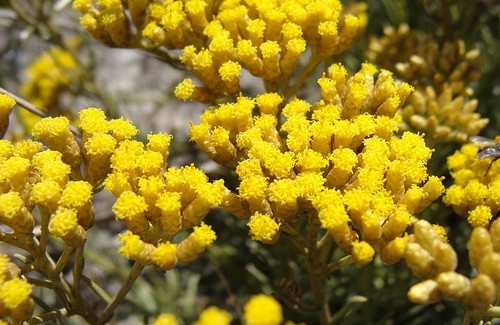
This is an automatic translation
The Helichrysum (Helichrysum Italicum) belongs to the Asteraceae family. It is a shrubby plant native to southern Europe typical of the Mediterranean maquis to which it gives the characteristic scent.
It is widely used not only in perfumery but also highly appreciated for its many therapeutic properties. It is a perennial plant which has the particularity of being completely covered by a thick whitish hair which gives off a characteristic aroma. The stems are up to 30 cm tall, without branches. The leaves are linear-lanceolate. The flowers are small, collected in bright yellow umbels and bloom throughout the summer. In fact, the word Elicriso comes from the Greek words "Helios" (sun) and from "Chrysos" (gold) precisely because of its intense color during the inflorescence period. The flowering tops of the helichrysum are used, collected at the beginning of flowering and left to dry in ventilated and dark places. The hydrolat is extracted right from the flowers by steam distillation.
Due to its astringent and soothing properties, helichrysum is used in various cosmetic products to relieve redness and cracking of the skin. It is also recommended for mature skins as it is also an excellent anti-ageing agent. Due to its ability to relieve the burning sensation and itching generally resulting from exposure of the skin to the sun, helichrysum is also widely used in sunscreen cosmetics and soothing after-sun products.
Helichrysum on hair helps fight dandruff, regulates sebum production and soothes the scalp in case of itching or flaking. Furthermore, it revitalizes the hair by strengthening the shaft in case of brittle hair that breaks.
Ethical chain
Lying on the road to the Gran Sasso d'Italia, the farm extends into the Vomano valley in Propezzano di Morro D'Oro, in the province of Teramo (Abruzzo). It has been a peasant family for several generations. In 1986 Filippo, the then twenty-four-year-old son, an industrial expert, researcher and enthusiast of plants and medicinal herbs in particular, gave his name to the small family business. At that time, the decision was made, then pioneering for the place, to convert to organic farming and to put medicinal plants into cultivation. The motivations had matured in those years on the basis of ecological ideas of principle that came from the great green cultural movement that developed between Abruzzo and the Marches in the early eighties of the twentieth century. Currently the company, spread over about six hectares, deals with the cultivation of medicinal plants in the field (on about ten thousand square meters of surface) and the subsequent initial processing. From the early 90s the idea of the "Educational Farm" was born and dissemination activities began to be carried out in schools, offering a service of guided tours or educational days on organic aromatic and medicinal herbs with the aim of making children discover the beauty of nature.

